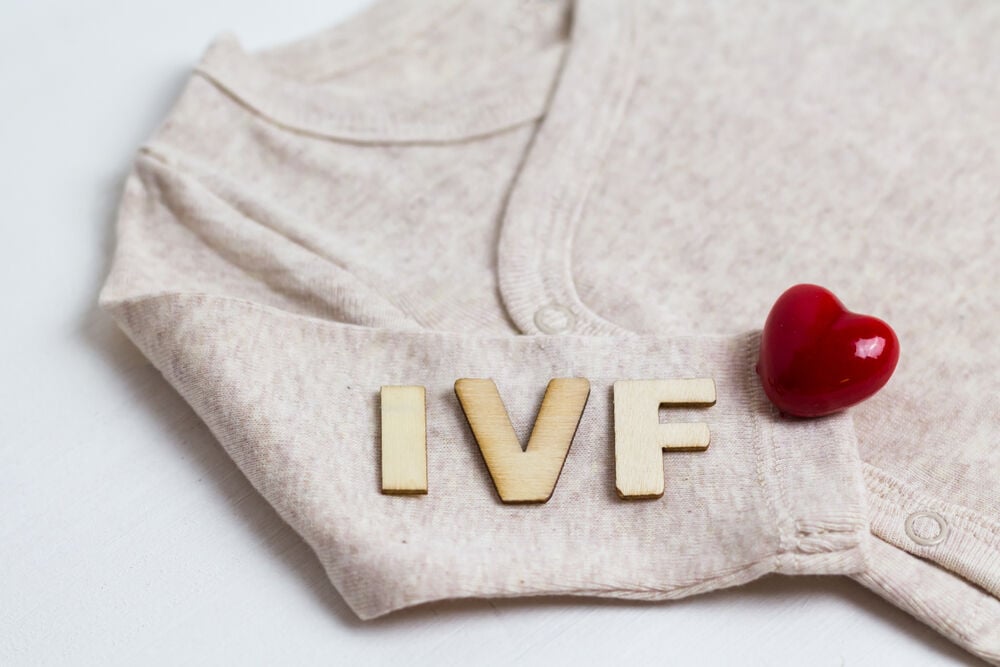June is World Infertility Awareness Month, so this is a perfect time to reveal some new facts about infertility treatment. In particular, we’d like to talk about IVF and an important update on this technique, which the European Board and College of Obstetrics & Gynaecology (EBCOG) has made recently. It concerns the number of embryos that would develop in a woman’s uterus after this procedure.
-
Tracking cycle
-
Getting pregnant
-
Pregnancy
-
Help Center
-
Flo for Partners
-
Anonymous Mode
-
Flo app reviews
-
Flo Premium New
-
Secret Chats New
-
Symptom Checker New
-
Your cycle
-
Health 360°
-
Getting pregnant
-
Pregnancy
-
Being a mom
-
LGBTQ+
-
Quizzes
-
Ovulation calculator
-
hCG calculator
-
Pregnancy test calculator
-
Menstrual cycle calculator
-
Period calculator
-
Implantation calculator
-
Pregnancy weeks to months calculator
-
Pregnancy due date calculator
-
IVF and FET due date calculator
-
Due date calculator by ultrasound
-
Medical Affairs
-
Science & Research
-
Pass It On Project New
-
Privacy Portal
-
Press Center
-
Flo Accuracy
-
Careers
-
Contact Us
What You Should Know About IVF and Single Embryo Transfer


Every piece of content at Flo Health adheres to the highest editorial standards for language, style, and medical accuracy. To learn what we do to deliver the best health and lifestyle insights to you, check out our content review principles.
Previously, doctors preferred to transfer several embryos at once, because it increases the chances that at least one will successfully implant. In general, no more than 40% of transferred embryos manage to attach to the uterine lining, so this approach seemed to be reasonable.
However, multiple embryo transfer has its drawbacks. Two or more embryos can sometimes implant, resulting in multiple pregnancy. This situation can lead to serious pregnancy complications and premature birth.
It has been established that single embryo transfer maximizes the chances of giving birth to a healthy term baby. That’s why EBCOG suggests transferring only one embryo during IVF. This is beneficial to the health of both the mother and the child. Although it is the responsibility of doctors to transfer one embryo, in several countries the number of transferred embryos is determined under relevant legislation.
The discovery of single embryo transfer benefits is only one step in the continuous scientific effort. Researchers keep refining assisted reproductive technology to help people with fertility problems become parents, no matter their age, gender, medical condition, and background.
Content created in association with EBCOG, the European Board & College of Obstetrics and Gynaecology.

More than 10 percent of couples in the world face infertility. In the past, management of this condition was difficult in many cases. But since 1978, people are no longer alone in their struggle to conceive.
That year, something very important happened. Louise Joy Brown was born, becoming the first child conceived through in vitro fertilization (IVF), a technique now commonly used to treat infertility. The method is quite safe and offers many infertile women the chance to get pregnant. For more than 40 years that have passed since, over 8 million children have been born with the help of IVF and the related intracytoplasmic sperm injection (ICSI) technique.
Let’s briefly outline how IVF works. During IVF, conception occurs outside the body. The fertilized eggs, now called embryos, grow in a laboratory for up to 5 days. After that, they can be transferred to the uterus.
Take a quiz
Find out what you can do with our Health Assistant


Hey, I'm Anique
I started using Flo app to track my period and ovulation because we wanted to have a baby.


The Flo app helped me learn about my body and spot ovulation signs during our conception journey.


I vividly
remember the day
that we switched
Flo into
Pregnancy Mode — it was
such a special
moment.
Real stories, real results
Learn how the Flo app became an amazing cheerleader for us on our conception journey.




